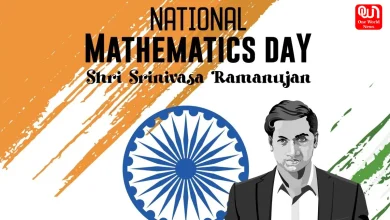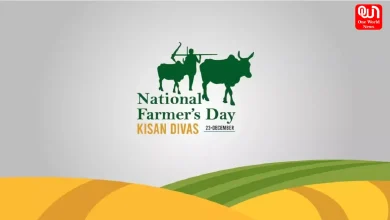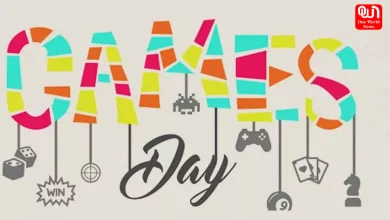Makar Sankranti: How to invite luck and happiness?
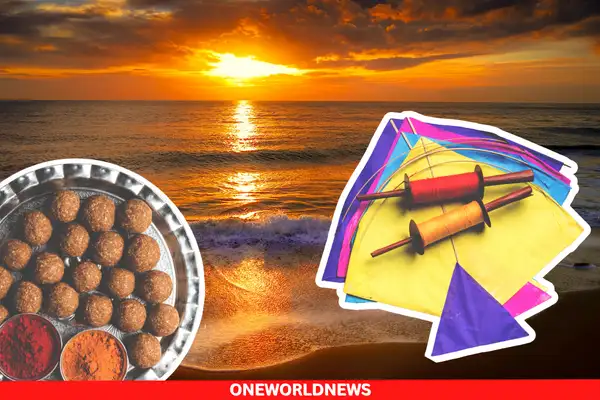
Lohri and Makar Sankranti will bring peace and harmony: Here is how?
‘Makar Sankranti’ is celebrated on a fixed date i.e. 14th of January every year. This festival is one of the major harvest festivals which is celebrated with a lot of enthusiasm. This festival is a traditional and oldest event. After Makar Sankranti, the days grow longer and the nights shorter. Slowly and steadily freezing winters go down. It is said that on the day of Makar Sankranti, the Sun enters the sphere of the Capricorn zodiac known as Makar.
Further, the term Sankranti signifies the movement of the Sun from one zodiac sign into another. Thus, the auspicious day is named Makar Sankranti, which perfectly defines the movement of the Sun to the sphere of Makara.
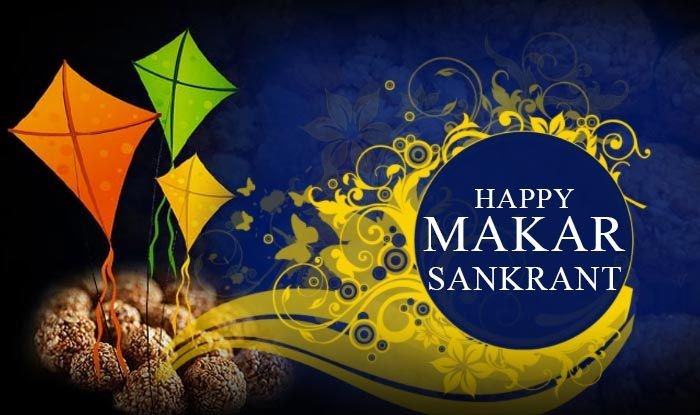
Why is this festival celebrated?
It is said that on the day of Makar Sankranti, the Sun enters the sphere of the Capricorn zodiac known as Makar. Further, the term ‘Sankranti’ signifies the movement of the Sun from one zodiac sign into another. Thus, the auspicious day is named Makar Sankranti, which perfectly defines the movement of the Sun to the sphere of Makara. Makar Sankranti is one of the few Hindu festivals which is celebrated on a fixed date i.e. 14th of January every year.
This festival is regarded as the beginning of an auspicious phase or the holy phase of transition. It also marks the end of an inauspicious phase which begins around mid-December. It is also believed that any sacred ritual can be performed from this day onwards. The auspicious day of Makar Sankranti marks the beginning of warmer and longer days as compared to nights.
Also Read: Chanting Mantras Can Purify Your Soul: Different Mantras For Different Days
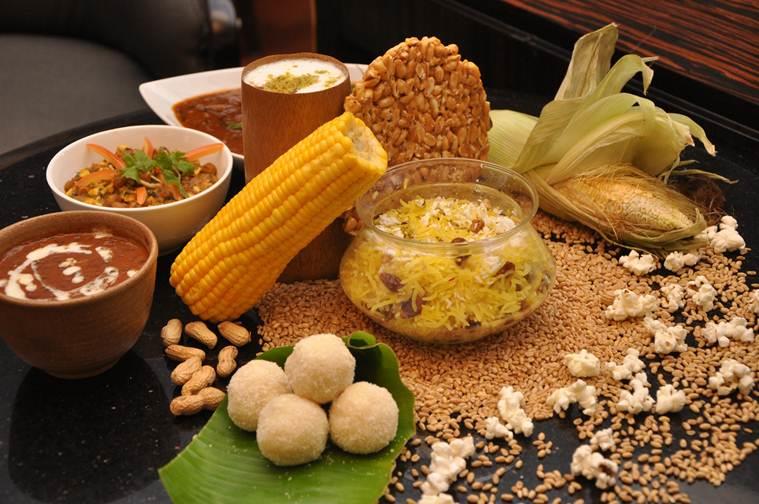
Sankranti in different states of India
Sankranti is celebrated all over India but is known by different names. The essence of the festival is the same but the names are not. In Gujarat, Makar Sankranti is known as Uttarayan whereas in Tamil Nadu it is known as Pongal, Uzhavar Thirunal. In Haryana, Himachal Pradesh and Punjab it is named Maghi.
Before the arrival of this festival, people start preparing sweets and lip-smacking dishes to celebrate a good harvest period. These sweets taste heavenly. Women offer the Shreemangalchandika prapatti and even offer it after sunset on the day of Sankranti. This auspicious day holds significance, Mata Mahishasurmardini, to destroy Mahishasur, first set foot on earth, in the Kataraaj ashram of Rishi Kardam and Devahuti.
As the festival is celebrated in winter, people start preparing food which can give them give them energy and also keep their bodies warm. Tilguls – Laddu of Til (Sesame) is made up of Jaggery and devotees also pay respect to Goddess Saraswati. People greet each other Happy Sankranti by saying Tilgul Ghya Aani God God Bola. On this day there are several Melas or fairs which are been held and one of the most famous among all melas is Kumbh Mela. It is been held every 12 years at one of four holy locations namely Haridwar, Prayag, Ujjain, and Nashik.
Read More- Makar Sankranti 2023: Date, Time & Significance!
Here are some unknown facts about Makar Sankranti!
- One of the few Indian festivals that fall on the same day every year according to the Gregorian calendar.
- Most Hindu festivals follow the position of the moon and are based on the lunar calendar. Thus, the dates of festivals change every year. But Makar Sankranti is a festival which falls on the same day every year as it follows the solar calendar. However, once every eighty years, due to a revolution, the day is postponed by one day. Makar Sankranti is celebrated on the 14th of January every year (sometimes on the 15th) for now. From 2050, it is predicted that the festival will fall on the 15th of January (and occasionally on the 16th).
- As Makar Sankranti is one of the oldest festivals. Post the festival, it is officially the beginning of spring or the onset of Indian summer and the days become longer, and nights shorter.
- Though extremely popular as Makar Sankranti, the festival is predominantly a harvest festival and is celebrated throughout India, from north to south and east to west. While Makar Sankranti is most popular in West India, down south, the festival is known as Pongal and in the north, it is celebrated as Lohri. Uttarayan, Maghi, and Khichdi are some other names of the same festival.
- Makar Sankranti is the festival of til-gulwhere sesame and jaggery laddoos or chikkisare distributed among all. They are generally accompanied by the saying, “Til-gul ghya ani gud gud bola“, which translates to ‘eat these sesame seeds and jaggery and speak sweet words’. It is a superstition that during the festival, the Sun God forgets his anger on his son Shani and visits him. Thus, by distributing sweets, everyone is asked to spread joy around. Also, since the festival falls in winter, eating sesame and jaggery is considered beneficial to health as they are warm foods. It is good for your health. Thus, it is specifically this sweet that’s distributed as it signifies bonding and good health.
Liked this post?
Register at One World News to never miss out on videos, celeb interviews, and best reads.


